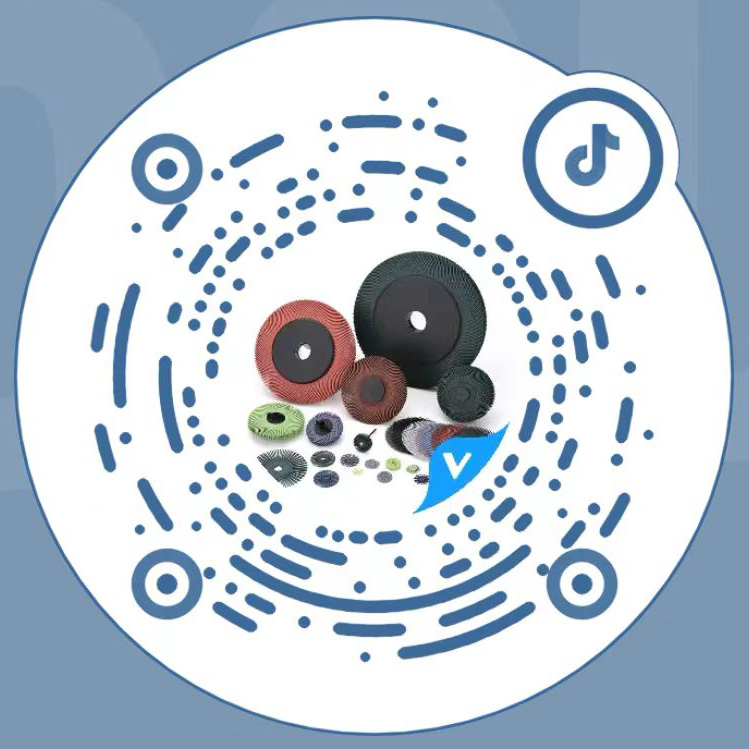



To clean a PCB (Printed Circuit Board) using a Deburking PCB brush, follow these steps to ensure a safe and effective cleaning process:
1. Preparation:
- Power off: Ensure the PCB is powered off and unplugged to avoid electrical hazards.
- Work Area: Set up a clean, static-free environment with an anti-static mat and wrist strap to prevent damage from electrostatic discharge (ESD).
- Tools Needed:
- Deburking PCB brush (choose the appropriate grit depending on the cleaning requirement).
- Isopropyl alcohol (preferably 99% for minimal moisture).
- Compressed air or a blower to remove loose debris.
- Microfiber cloth for final wiping.
2. Inspect the PCB:
- Check the PCB for any visible dirt, dust, or debris, including flux residues and other contaminants that need cleaning.
- Identify sensitive areas like connectors, ICs, and small components that require careful attention.
3. Using the Deburking PCB Brush:
- Attach the Deburking PCB brush to a handheld rotary tool or brush holder (if not using by hand).
- For manual cleaning: Gently scrub the PCB surface with the brush in a circular motion. The bristles are effective at dislodging small debris and flux residue without damaging the PCB.
- For rotary cleaning: If using a tool, apply moderate pressure and allow the brush to rotate across the surface, especially in hard-to-reach areas. Avoid pressing too hard to prevent damaging the components or the PCB.
- Areas to Focus On: Pay attention to areas around solder joints, through-holes, and under components that may accumulate dirt.
4. Cleaning with Isopropyl Alcohol:
- Dampen the Deburking PCB brush with a small amount of isopropyl alcohol (do not oversaturate).
- Continue scrubbing the PCB to remove flux residues and dirt while the alcohol helps dissolve contaminants.
- If necessary, use a soft microfiber cloth to wipe away any remaining alcohol and dirt.
5. Remove Loose Debris:
- After cleaning, use compressed air to blow away any loose debris or excess dust from the PCB surface.
- Be cautious not to blow air directly onto sensitive components, as this could dislodge small parts.
6. Final Inspection:
- Inspect the cleaned PCB under good lighting to ensure no residues or debris remain.
- If necessary, repeat the cleaning process in stubborn areas.
7. Drying:
- Let the PCB air dry for a few minutes to ensure any remaining isopropyl alcohol evaporates completely.
8. Reassembly:
- Once dry, the PCB can be reassembled or used for further processing.
By following these steps, you can safely and effectively clean PCBs with a Deburking PCB brush, helping to improve both the appearance and functionality of the board.
Post time: Apr-16-2025










